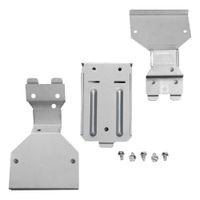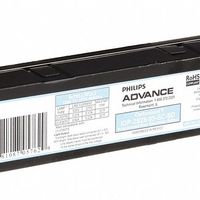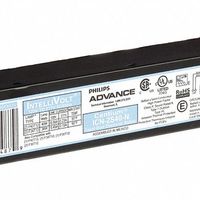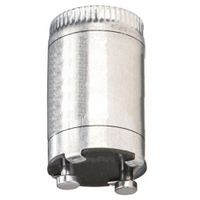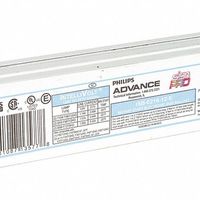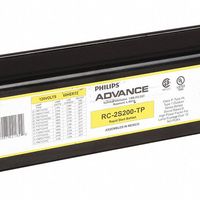- Home
- Lighting
- Ballasts Drivers
- Fluorescent Ballasts
Fluorescent Ballasts
Fluorescent ballasts install into compatible lighting fixtures to protect linear fluorescent and CFL lamps from damaging power fluctuations that affect the lamp's output quality. They provide an initial voltage spike to turn on the lamps, then regulate the voltage and current. Electronic fluorescent .....Read More
Frequently Asked Questions
What are the steps to install a fluorescent ballast?
How do I know if my fluorescent ballast is compatible with my fixture?
What are the differences between electronic and magnetic ballasts?
How can I troubleshoot a fluorescent ballast that isn't working?
What are the benefits of using electronic ballasts over magnetic ones?
How do I choose the right ballast for my fluorescent lighting fixture?
Can I use a dimmable ballast with any fluorescent lamp?
